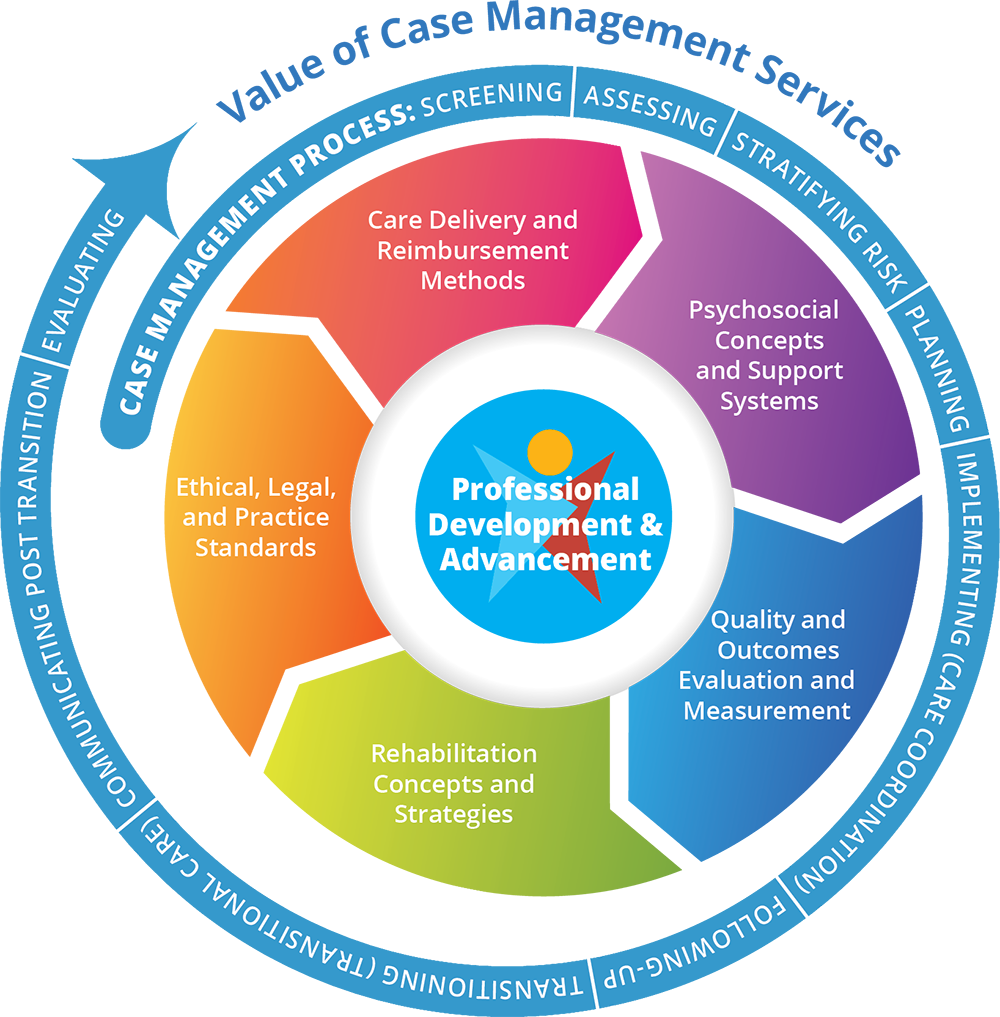For Patients
Comorbidities refers to the presence of another medical condition in addition to the primary disease (diabetes). If you have diabetes, chances are you may have a comorbidity—another condition that may impact your blood sugar level and vice versa. These comorbidities include obesity, high blood pressure, and high LDL (bad) cholesterol.
Let’s review the most common comorbidities with diabetes:
Obesity
Did you know that there is a strong association between obesity and diabetes that they are sometimes referred to with a single term: “diabesity”? It makes sense: more than 85% of people with type 2 diabetes (T2D) are overweight or obese.
Obesity may increase your blood sugar levels and make it harder to control your diabetes.
If you are overweight or obese, your care manager can help you lose weight by offering advice, support, and insights on nutrition, physical activity, and changing your feelings about food. And talk to your physician if you are obese.
High blood pressure, or hypertension
If you have high blood pressure along with diabetes, you are not alone. Seventy-one percent of adults 18 years of age and older with diabetes have high blood pressure, and many of them need medication to keep their blood pressure under control.
What’s the difference between being overweight and being obese?
Health care professionals use the body mass index (BMI) to see if a patient is at normal weight, overweight, or obese. The BMI measures body fat. Normal weight has a BMI between 18.5 to 24.9. If your BMI is 25 to 29.9, you are considered overweight, while a BMI of 30 or more signals obesity.
To determine your BMI, go to http://www.cdc.gov/healthyweight/assessing/bmi/adult_bmi/english_ bmi_calculator/bmi_calculator.html and follow the instructions.
What do your blood pressure numbers mean?
Blood pressure is the force of blood pushing against the walls of the arteries as your heart pumps blood. The more force it takes to do the job, the harder your heart has to work and the higher your blood pressure.
The top number in your blood pressure reading is called systolic blood pressure and refers to blood pressure while your heart is pumping blood. The lower number is called diastolic blood pressure and refers to blood pressure when your heart is at rest between beats. (The mm Hg in your reading is the millimeters of mercury that is used to measure blood pressure.)
If you have diabetes, the American Diabetes Association recommends, your blood pressure goal is 140/90 mm Hg or less. A lower target of 130/80 may be appropriate for some patients.
LDL (or bad) cholesterol
You know that your LDL cholesterol numbers need to be low, but do you know why?
Your body needs cholesterol, a waxy fat-like substance, to make hormones, vitamin D, and substances that help you digest your food. Cholesterol travels through your bloodstream in small packages called lipoproteins because they are made of fat (lipids) on the inside and proteins on the outside.
There are 2 kinds of cholesterol: high-density lipoproteins (HDL), also called good cholesterol because it helps remove LDL cholesterol from your arteries. The other type of cholesterol, low-density lipoproteins (LDL), is called bad cholesterol because it can help block blood flow in your arteries. The higher the LDL level in your bloodstream, the greater your chance of getting heart disease.
The American Diabetes Association recommends that patients with diabetes have an LDL cholesterol level less than 100 mg/dL. If you have a higher number, speak to your physician and your care manager.

